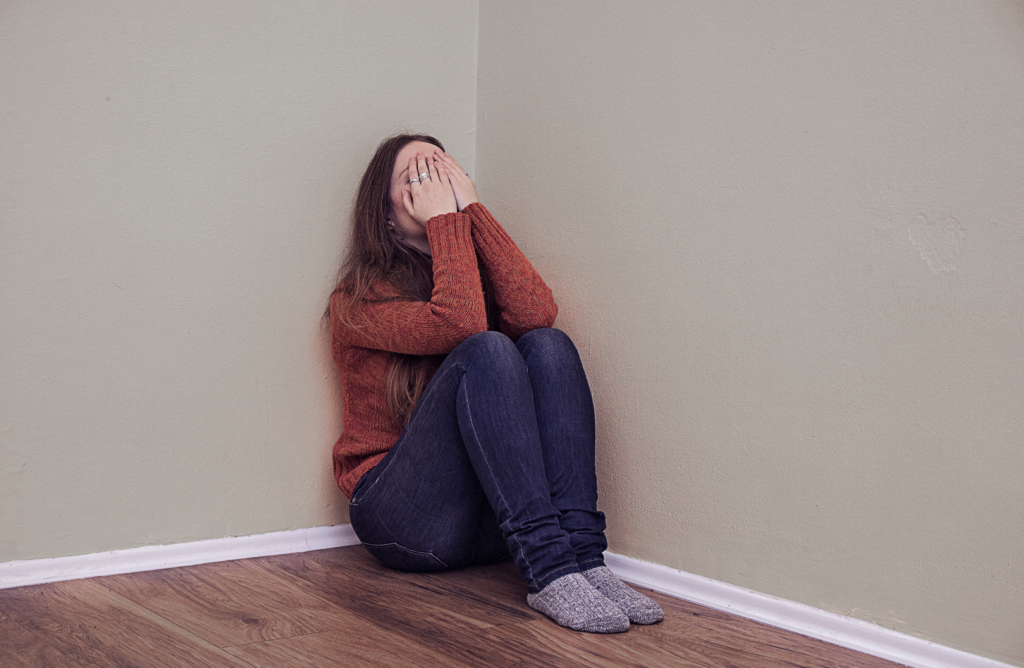Craniosacral Adolescents
many parents seek our CranioSacral Therapy to support their adolescent whose overall health is suffering or for specific symptoms they may be experiencing.
Craniosacral therapy for adolescents can help in the healing of:
Migraines, headaches
Stress, Irritability
Anxiety
Sleep difficulties
Digestive difficulties
TMJ

Craniosacral Therapy for Adolescents
Ages 11-15 years.
We all want our children to be happy and thrive, but sometimes there can be challenges during the time of adolescence. Just as babies and children do, adolescents have their own unique developmental challenges.
Similar to adults, adolescents will also hold the stresses and tensions in the body that may be caused by stress, accidents, emotional trauma, injuries, surgery, and stress to name a few.
Their bodies will hold these tensions within their nervous system, muscles, and connective tissue. Until it can’t.
At that point, their bodies may become overwhelmed and may show symptoms such as headaches, difficulties with concentration/focus, or emotional or behavioral difficulties.
Their body has an innate ability to heal itself. If their skin is lacerated, their body will start the self-correcting process to close their skin. When they become ill or injured, the activation of their immune and inflammatory responses is another example of this. CranioSacral Therapy involves facilitating/enhancing your adolescent’s own natural healing ability.
CranioSacral uses a gentle and calming approach to support your adolescent in removing tensions and blockages that may be hindering your child’s ability to reach their full potential, manage stress, or recover from an injury/surgery.
F.A.Q.
Commonly asked questions about Craniosacral Therapy for adolescents.
Your child’s Craniosacral session takes place in a lightly lit room with quiet music in the background while they lie on a padded table fully clothed enjoying the subtle smell of aromatherapy. A light, safe touch that’s different from other forms of bodywork will be used. You are encouraged to stay it the room during treatment.
How many sessions really depends on the symptoms your child is having. You and your child may notice great symptom relief in one session but often times it takes several sessions over time.
A stressor or strain happens in a single event or over time such as an accident, injury, or ongoing mental, emotional or physical stress.
Your child’s body will then compensate for these stresses and strains.
It’s when your child’s body compensates for these stresses and strains that the tissues can begin to tighten and distort the CranioSacral system (fluid surrounding the brain/spinal cord).
This distortion can cause tensions to form and results in restriction in the muscle, connective tissue and nervous system.
It’s this restriction that may cause the ability of the brain/spinal cord not to function properly and potentially every other system it interacts with and may cause symptoms such as headaches, sleep difficulties, digestive difficulties, difficulty with attention/focus, etc.
During this light touch treatment, your therapist uses their hands to ‘listen’ and feel your child’s natural rhythms in their CranioSacral system. As a rule, the rhythms move smoothly and have a symmetrical back/forth or out/in feeling. When your therapist feels that the rhythm isn’t moving smoothly or symmetrically, they will stop and hold the area and support your child’s self-correcting ability. It’s when your child’s rhythms begin to move smoothly and unhindered that your child will then be able to continue to self-correct on their own. Depending on your child’s condition/symptoms, your child can self-correct after the first session or take more sessions to correct.
Many parents report that their child sleeps very well following an appointment. CranioSacral looks very passive but your child’s body is working hard to self-correct and this takes a lot of energy.
CranioSacral therapy can help your child’s nervous system move out of ‘fight or flight’ and into ‘rest and digest’.
What does this mean? A child whose system is stuck in ‘fight or flight’ mode, may demonstrate irritability, increased anxiety, being overly busy and quick with their motions or difficulty focusing on the task at hand as well as have difficulty sleeping or getting restful sleep.
The ‘flight or fight’ mode is supposed to be a temporary state of being. It’s there to alert us of danger and move quickly away from it. Our bodies are made to automatically go back to ‘rest and digest’ after the danger is gone. But with stress or trauma, a child’s body can become stuck in the ‘flight or fight’ mode.
When the ‘fight or flight’ system is turned off, your child’s nervous system can then move them into a calmer ‘rest and digest’ state. A child in ‘rest and digest’ mode appears calm with improved ability to focus and manage stress and tend to have more restful sleep.
